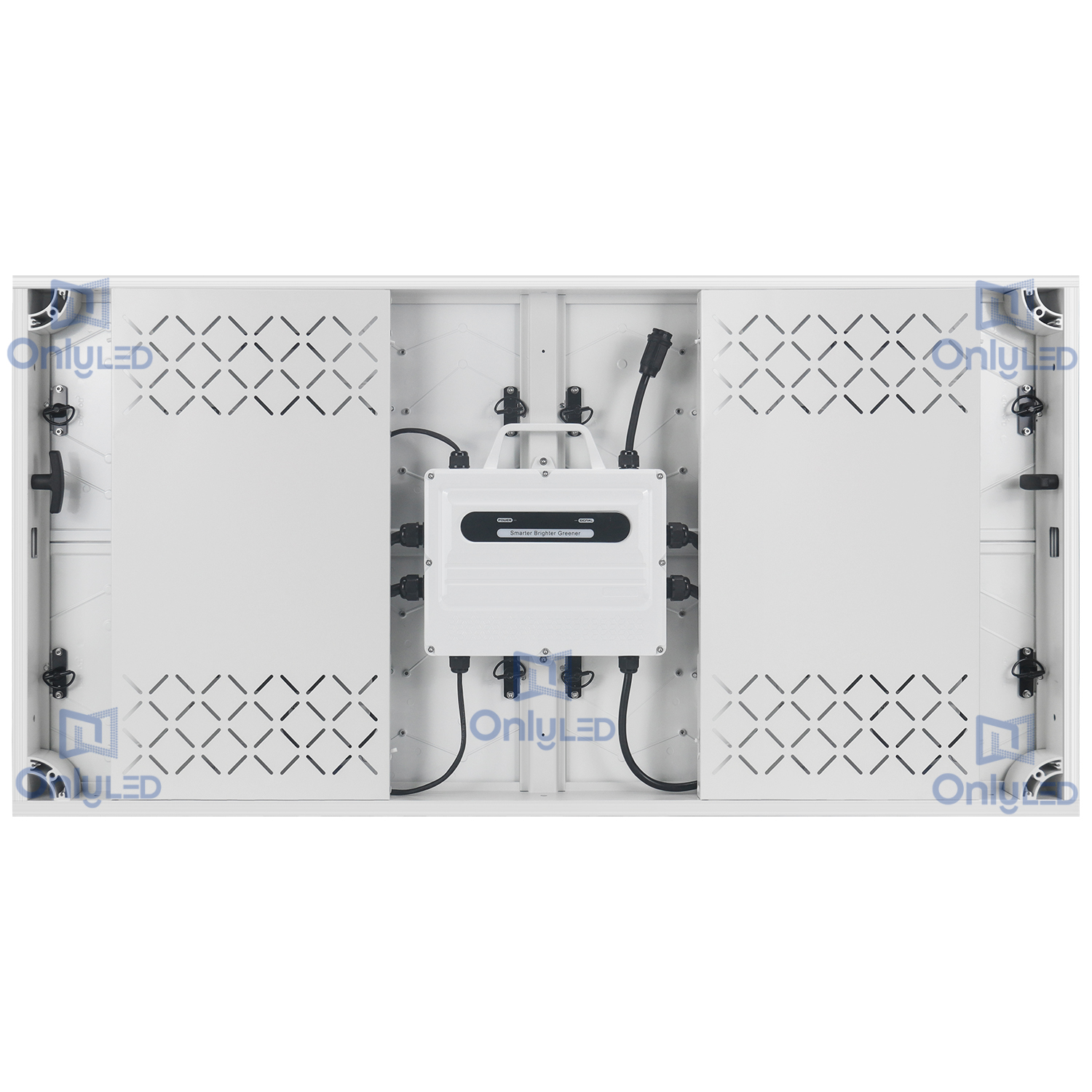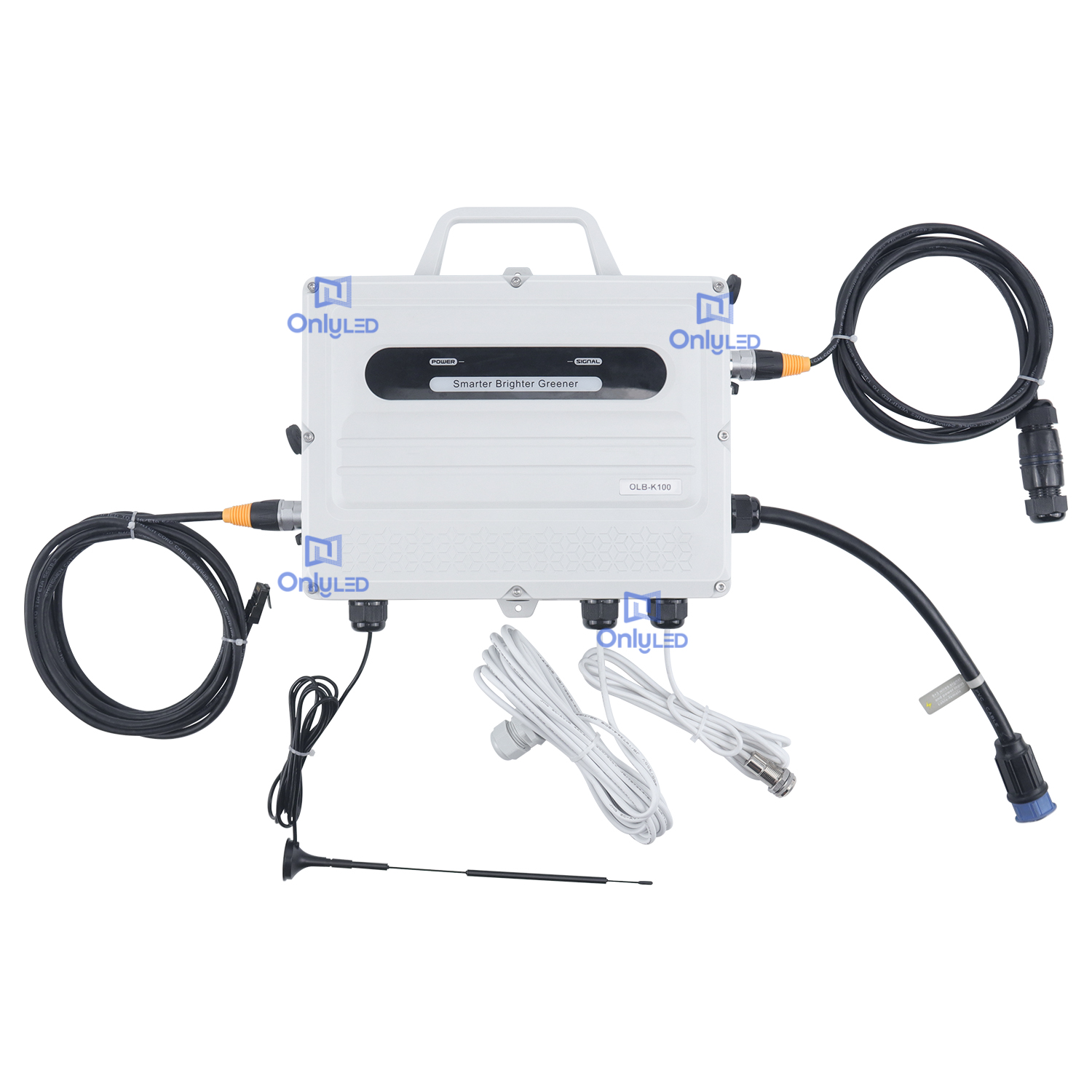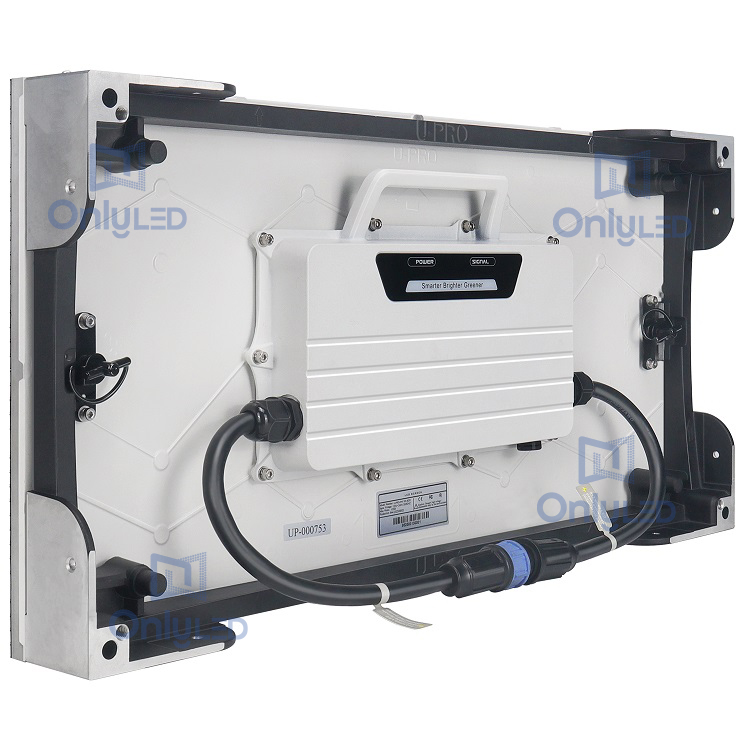Industry News
A comprehensive guide to your digital signage needs

As the digital revolution continues to evolve, businesses and organizations must adapt and leverage technology to enhance communication and engagement. Digital signage is a powerful tool that allows companies to display content, messages and advertising in an interactive and visually appealing way. However, ensuring a successful implementation of digital signage requires careful planning, equipment, and strategy. ONLY LED Digital Signage Wholesaler will dive into the key requirements for effective digital signage deployment.
Hardware and software
The heart of digital signage lies in the hardware and software components necessary for its operation. Hardware typically includes a display, media player, stand, and cables. The choice of hardware depends on factors such as the size and location of the sign and the functionality required. HD monitors with LED backlights are often favored for their superior image quality and durability. Media players, on the other hand, provide the processing power required to run content smoothly.
Equally important is the software that drives digital signage content management and scheduling. There are a variety of software options available, and it's crucial to choose a system that suits your specific needs. Some software allows for remote management, real-time updates, and content customization, while others offer advanced analytics and audience engagement capabilities. Finding the right balance between usability, functionality and cost is key.
Content creation and management
The success of digital signage relies heavily on eye-catching and engaging content. Engaging images, videos, and interactive elements can effectively capture attention and convey your message. To ensure a seamless user experience, it’s crucial to create and curate content that aligns with your brand identity and target audience. This includes choosing appropriate fonts, colors, and layout to enhance readability and visual appeal.
Content management plays a vital role in keeping digital signage up to date. Implementing a content management system (CMS) makes it easy to schedule, distribute, and monitor content across multiple displays. Additionally, a well-organized content library ensures efficient management and quick access to relevant material. Regularly updated content keeps your audience engaged and prevents stagnation.
Network connectivity and security
For digital signage to operate effectively, a reliable network connection is essential. This allows content to be seamlessly transferred from the CMS to the media player and display. Wired connections are generally preferred for their stability, but wireless options can be convenient in some situations.
Securing your digital signage system is equally important. Preventing unauthorized access, malware, and potential data breaches is critical. Implementing secure authentication measures, using encrypted connections, and regularly updating software are basic practices for protecting your digital signage network.
Digital signage has become an integral part of modern communications strategies, providing businesses with a dynamic platform to engage their audiences. For a successful digital signage implementation, hardware and software selection, content creation and management, and network connectivity and security are critical considerations. By focusing on these basic requirements, companies can create engaging presentations that increase brand awareness, communicate messages effectively, and increase customer engagement.




